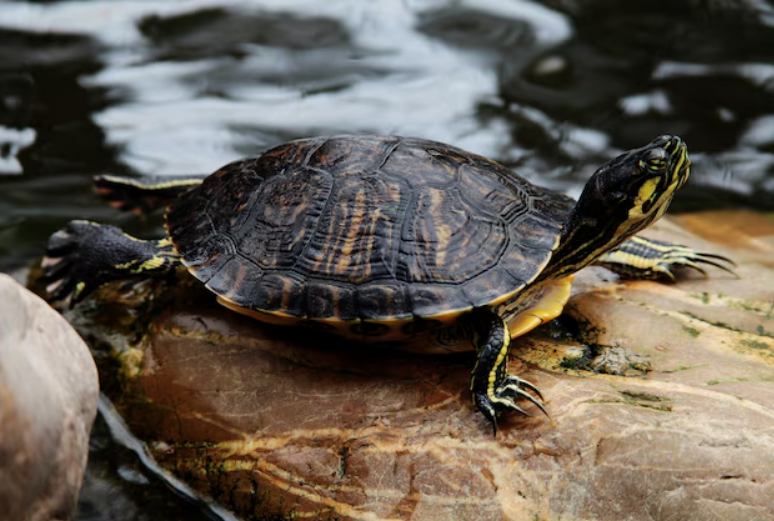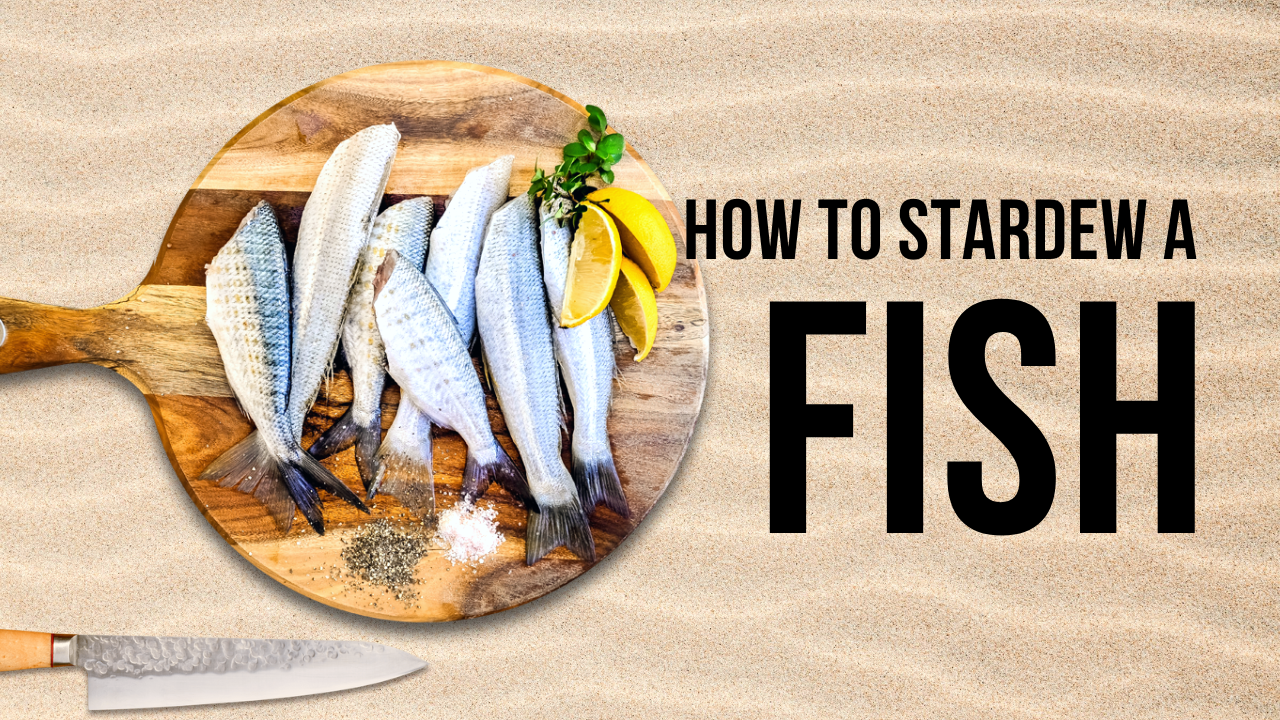When it comes to choosing a unique and fascinating pet, pet turtles are an increasingly popular choice. With their calm demeanor and fascinating behavior, they offer a unique alternative to more traditional pets like dogs and cats. Whether you’re interested in their long lifespan, their quiet companionship, or simply find turtles intriguing, there’s a lot to consider before bringing one home.
In this guide, we’ll dive into everything you need to know about caring for pet turtles, from setting up their environment to ensuring their health and well-being.
Why Choose Pet Turtles?
For many people, pet turtles offer a low-maintenance yet highly rewarding pet experience. Unlike other reptiles, turtles are relatively easy to care for and don’t require constant attention. Watching a turtle glide through the water or bask under its light is captivating and peaceful, making them ideal for anyone looking for a calm, low-stress pet. Additionally, pet turtles live long lives – often between 20 and 50 years, depending on the species – so they can become a cherished part of your family for many years.
While turtles may seem simple to care for, their needs are specific, and meeting these needs will ensure they live happy, healthy lives. Here’s everything to consider if you’re thinking of getting a pet turtle.
Types of Pet Turtles
The world of pet turtles is diverse, with different species having unique characteristics and care requirements. The most common types of turtles kept as pets include:
- Red-Eared Slider: Known for the red streaks on their heads, red-eared sliders are one of the most popular pet turtles. They’re relatively active and can be friendly with consistent interaction.
- Box Turtle: These land-dwelling turtles have a high-domed shell and are known for their box-like shape when their shell is closed. They need a more terrestrial habitat compared to water-loving turtles.
- Painted Turtle: Painted turtles have vibrant markings on their shells and skin, which make them a visually appealing pet. They require a combination of water and dry basking areas.
- Map Turtle: Named for the map-like patterns on their shell, map turtles are a bit more delicate and require excellent water quality to thrive.
Each type of pet turtle has different habitat, dietary, and health needs, so researching specific species before purchasing is essential.
Setting Up a Habitat for Pet Turtles
Creating a suitable habitat is crucial to ensure your pet turtle remains healthy. Their environment will need to mimic their natural habitats as closely as possible. Here are the essentials for setting up a turtle habitat:
- Tank Size and Setup: Most pet turtles require a tank that is at least 40 gallons in size, though larger tanks are always better. Aquatic turtles like red-eared sliders need a tank filled with water deep enough for swimming, along with a dry area for basking. Land-dwelling turtles, such as box turtles, need an enclosure with soil, moss, or other suitable substrates to replicate their natural ground environments.
- Basking Area and Lighting: Pet turtles are ectothermic, meaning they rely on external heat sources to regulate their body temperature. A basking area with a UVB lamp is essential for all turtle species, as it helps them produce vitamin D3, which is crucial for calcium absorption and overall health. Position the light above the basking area so your pet turtle can warm itself.
- Water Filtration: Clean water is essential, especially for aquatic turtles. Invest in a high-quality filtration system to keep their water clean, as pet turtles are prone to bacterial infections in poor water conditions. Changing the water regularly will also help prevent illness.
- Temperature Control: Keeping the tank at the correct temperature is critical for your turtle’s health. Most pet turtles thrive in water temperatures between 75 and 85°F and basking temperatures of around 90°F. Use a submersible water heater for aquatic turtles and an adjustable basking light for proper temperature regulation.
Feeding Your Pet Turtle
Pet turtles are omnivores, meaning they eat a mix of plant-based and protein-rich foods. However, each turtle species has different dietary needs:
- Protein: Many pet turtles, especially young ones, require a protein-heavy diet to grow. This can include foods like small fish, earthworms, mealworms, and turtle pellets that contain essential nutrients.
- Vegetables and Leafy Greens: As turtles mature, they often eat more vegetables. Dark leafy greens such as kale, collard greens, and dandelion leaves are highly nutritious and should be part of their diet.
- Fruit: Some turtles enjoy the occasional piece of fruit, though this should be given sparingly due to high sugar content.
A well-balanced diet is essential to keep your pet turtle healthy and active. Feeding them a varied diet will also provide the necessary nutrients they need to thrive. Additionally, calcium supplements are often recommended to prevent shell deformities.
Caring for Pet Turtles’ Health
Just like other pets, pet turtles can be prone to health issues if their needs are not met. Here are a few common health concerns to watch for:
- Shell Rot: This is a bacterial infection often caused by poor water quality or an inadequate diet. Symptoms include discolored patches on the shell or a foul smell. Keeping their tank clean and providing a balanced diet is crucial for preventing shell rot.
- Respiratory Infections: If a turtle’s habitat is too cold or dirty, they can develop respiratory infections. Symptoms include wheezing, a runny nose, or lethargy. Proper heating and regular cleaning can help prevent these infections.
- Vitamin Deficiencies: Without access to UVB light or a balanced diet, turtles can develop deficiencies, leading to weakened shells and bones. Providing proper lighting and a calcium-rich diet is essential for their health.
A yearly check-up with a reptile-savvy veterinarian is also a good idea to catch any potential health issues early.
Interaction and Handling
Pet turtles are generally low-maintenance pets that don’t require much handling. In fact, too much handling can be stressful for them. However, you can still interact with them in other ways:
- Hand Feeding: Some turtles enjoy being hand-fed, which can be a bonding experience.
- Observation: Watching your turtle explore their habitat, swim, or bask is enjoyable and relaxing for you and creates a low-stress way to interact with your pet turtle.
- Creating Enrichment: Providing rocks, plants, or logs can make your pet turtle’s environment more stimulating, giving them opportunities to explore and satisfy their natural instincts.
While turtles aren’t as interactive as other pets, taking the time to observe their behaviors can lead to a rewarding and unique pet experience.
Final Thoughts: Is a Pet Turtle Right for You?
The Best Pet turtles can make wonderful, long-lasting companions if you’re ready to meet their specific care needs. They require a carefully managed environment, regular feeding, and ongoing health checks. Unlike pets that offer constant companionship, turtles are more of a quiet, observing presence in your home, offering a calming influence that’s perfect for anyone seeking a peaceful pet.
Before committing to a pet turtle, ensure you’re prepared for the time, expense, and maintenance required. By providing a well-designed habitat, proper diet, and attentive care, you’ll enjoy years of companionship with your fascinating, shelled friend. And if you follow these guidelines, your pet turtle will live a happy and healthy life, bringing you both joy and serenity.












